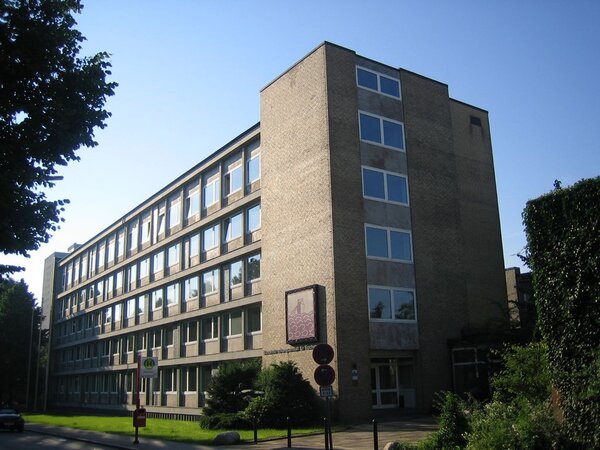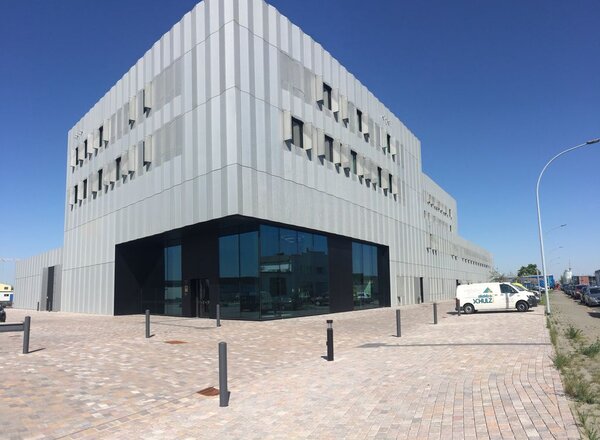“2048 no more fish in the ocean” – “Clear-cutting at the sea floor”. Already 100 years ago such headlines could have been in the newspapers. At that time, many fish species were overexploited in the North Sea and the lower Elbe River. The century-old and profitable fish trade of the Hanseatic Town Hamburg seemed to be menaced. The city fathers were worried. They looked for fishery biologists which – by their expertise – should ensure sustainable long-term fishing.
Thus, the Fisheries biology department of the Museum of Natural History in Hamburg (today: Zoological Institute and Museum of the University of Hamburg) was founded in 1910. Starting from the small department, the Institute of Sea Fisheries developed. Since January 1, 2008, the institute is one of 14 institutes of the newly founded Johann Heinrich von Thünen-Institut (vTI), Federal Research Institute for Rural Areas, Forestry and Fisheries.
Read in the following text about the different historical periods:
The city of Hamburg is surrounded by tidal influenced rivers with formerly rich fish populations. Thus Fisheries and Hamburg belonged together ever since the days of first settlement in the 9th century. Since Hanseatic times, fish trade – predominantly of salted herring – was a continuous and profitable commerce in Hamburg. Significant changes in fish stock productivity and fisheries in the Elbe river estuary and the German Bight occurred around 1900 and influenced the fish trade in Hamburg.
As a consequence, a Section of Fisheries Biology was established on April, 1st, 1910 at the Museum of Natural History to enlighten these changes by directed research. The section soon established close cooperation with other German marine research institutions, mostly in the framework of projects of the International Council for the Exploration of the Sea in Copenhagen. Due to the great success the section’s rank was upgraded to an Institute of Sea and Coastal Fisheries Hamburg when the Reich-Institution of Fisheries in Berlin was founded in 1938.
During World War II, the institute’s infrastructure was largely destroyed. Its small remainders together with three other fishery institutes of the former Reich-Institution continued their work in Hamburg since summer 1945 under British control. After establishment of the Federal Republic of Germany the Institute of Sea Fisheries and its three sister institutes were transferred into the later Federal Research Institution of Fisheries in Hamburg.
Since 1962, the Institution is located in an own building above the Hamburg-Altona fish market which has been the third largest German fishing port for decades. For a close combination of academic and practical fisheries sciences, the Hamburg University fisheries institute is accommodated aside the Institution since those days.
During the years, the Institute of Sea Fisheries had to modify its main tasks and inner structure depending on national und international fisheries research requirements related to politics and the Law of the Sea. Today, the Institute is part of the Thünen Institute (TI) which was created in 2008 by merging the federal research agencies of the Ministry of Food, Agriculture and Consumer Protection dealing with the utilisation of natural resources from agriculture and forestry to fisheries. Now, a hundred years after establishing the main origin of the nowadays institute, the planning for moving two TI fisheries institutes from Hamburg to Bremerhaven has started.
since 2018: the Institute of Sea Fisheries and the Institute of Fisheries Ecology in Bremerhaven
A modern institute building was built for the Thünen Institute in Bremerhaven in the Fischereihafen. Since June 2018 this building is the home of the Institute of Sea Fisheries and the Institute of Fisheries Ecology.
References
- Wegner (2010). A research unit grows into an Institute – 100 years of fisheries research in Hamburg. J. Appl. Ichthyol 26 (Suppl. 1), 1 - 3.

![[Translate to English:] [Translate to English:]](/media/_processed_/7/1/csm_IMG_7977_large_1defaf5de1.jpg)











